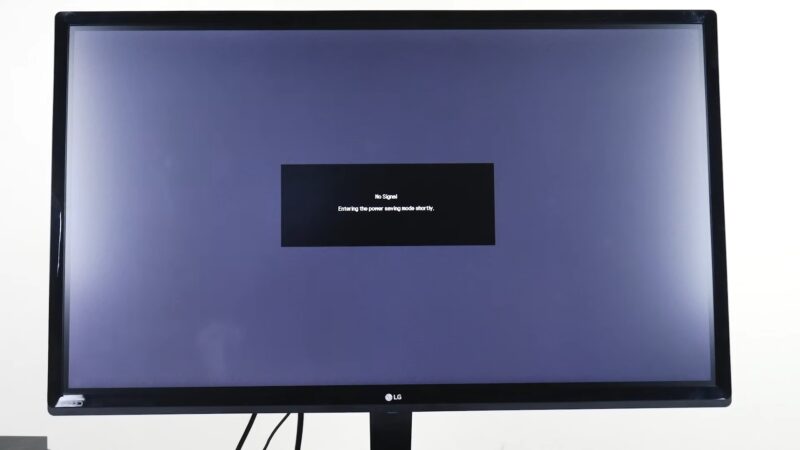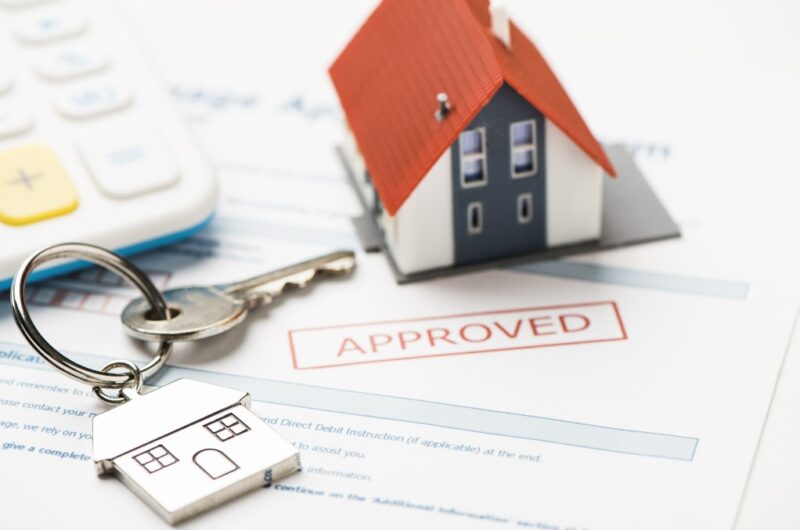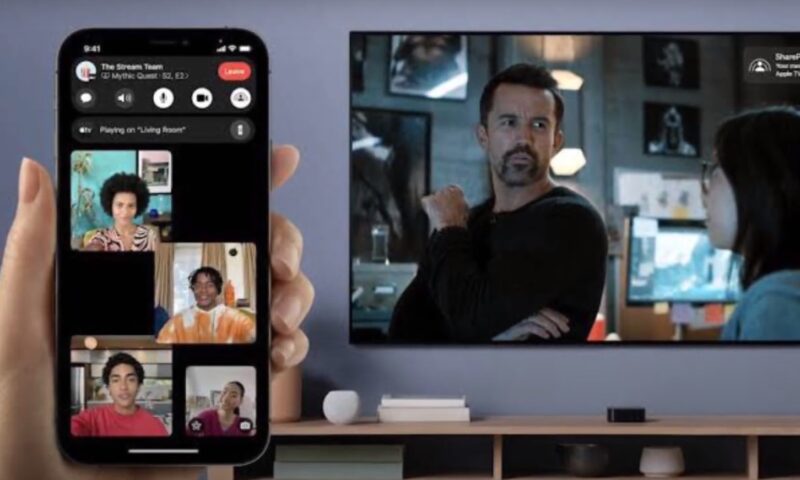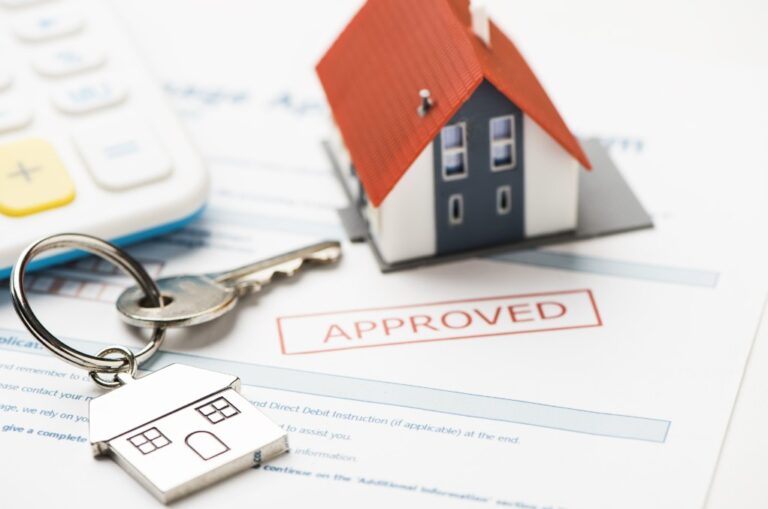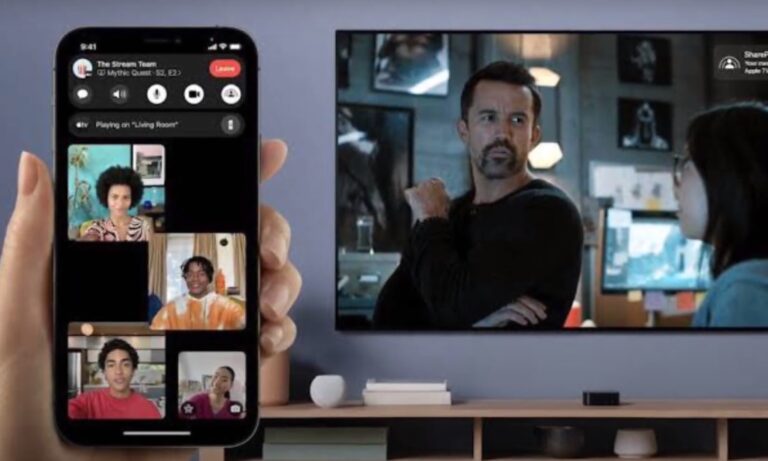Experiencing a “no signal” message on your monitor while your computer seems to be running can be both perplexing and frustrating.
This common problem often leaves users scratching their heads, wondering where the issue lies.
Fortunately, in many cases, this problem can be resolved without resorting to costly hardware replacements.
Today, I will explain the depths of this issue and guide you to diagnosing and fixing the “no signal” conundrum.
Key Highlights
- Troubleshooting Techniques: Learn a variety of methods to diagnose and resolve the “no signal” issue, including checking cables, monitor settings, and hardware components.
- Preventive Measures: Gain insights on preventive actions to avoid future “no signal” problems, such as regular maintenance and proper cable management.
- Hardware and Software Roles: Understand how both hardware (like cables, graphics card, monitor) and software (drivers, BIOS) can contribute to the “no signal” issue.
- When to Seek Professional Help: Recognize when the problem is beyond basic troubleshooting and professional assistance might be required.
The “No Signal” Issue Explained
Before starting with the solutions, it’s crucial to understand what the “no signal” message implies.
Essentially, it means that the monitor is not receiving any input from the computer, despite being powered on.
This could be due to various reasons ranging from simple cable issues to more complex hardware problems. Now, let’s begin.
1. Check Your Cables
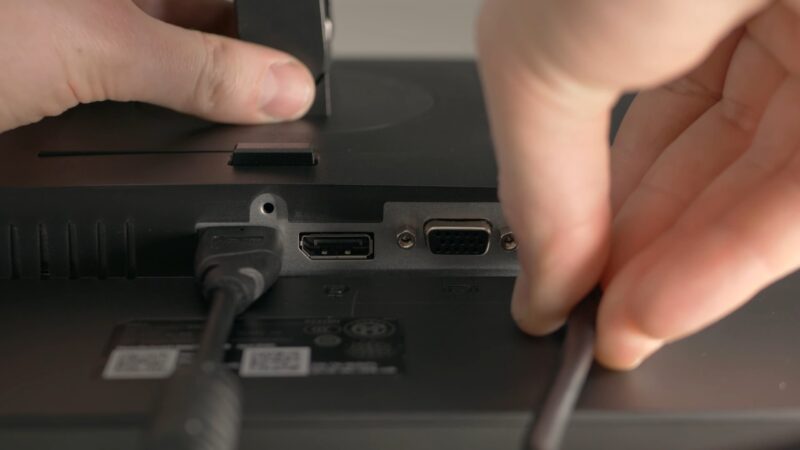
The first and most straightforward step is to check your cables.
Assessing Cable Integrity
- Connection Check: Ensure that all cables are securely connected. Sometimes, the solution is as simple as pushing a loose cable firmly into its socket.
- Cable Damage: Inspect the cables for any visible damage. A frayed or bent cable could be the culprit.
Tips for Cable Management
- Cable Replacement: If a cable seems damaged, replace it immediately.
- Cable Quality: Invest in high-quality cables to avoid similar issues in the future.
2. Monitor Input Source
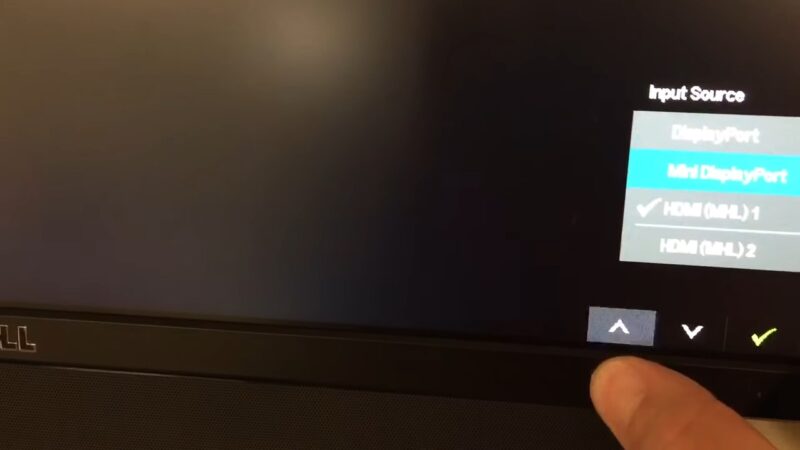
Monitors often have multiple input sources (HDMI, DisplayPort, VGA, etc.). Ensure your monitor is set to the correct input source matching your computer’s output.
How to Change Input Source
This can typically be done using the buttons on the monitor, often found on the side or bottom.
3. Adapter Inspection
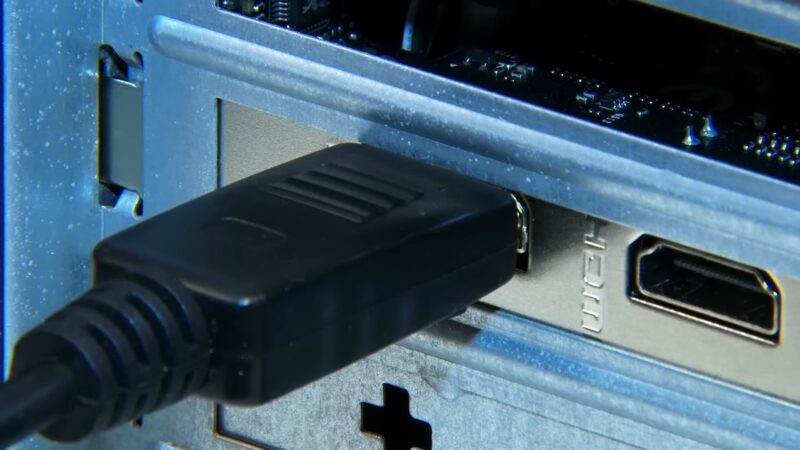
If you’re using an adapter (like HDMI to VGA), it could also be a failure point.
Checking Adapters
Try a different adapter to rule out this possibility, or connect directly if possible.
4. Resetting the Monitor
Unplug the monitor for a few minutes and then plug it back in. This simple reset can sometimes clear up the issue.
5. Test With Another Monitor or Device
Testing with a different monitor or connecting your monitor to a different device can help pinpoint whether the issue is with the monitor or the computer.
6. Graphics Card and Resolution Settings
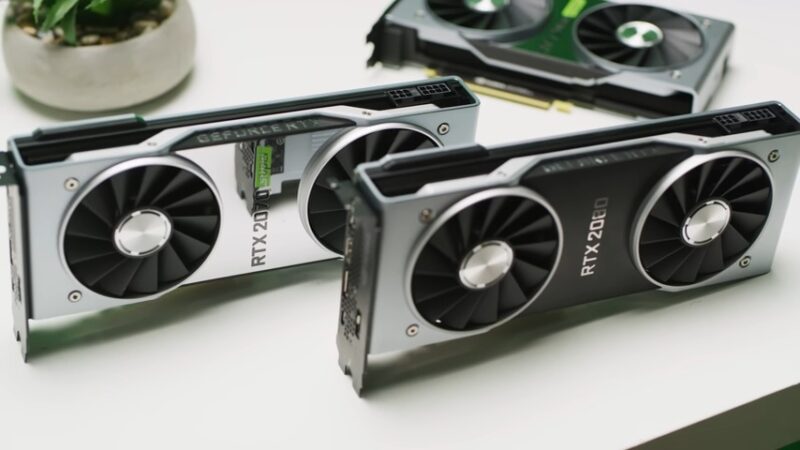
Incorrect resolution settings, often related to graphics card configuration, can cause a “no signal” error.
Adjusting Resolution
Boot in safe mode and adjust the resolution settings. Ensure that they match the monitor’s capabilities.
7. Internal Hardware Check
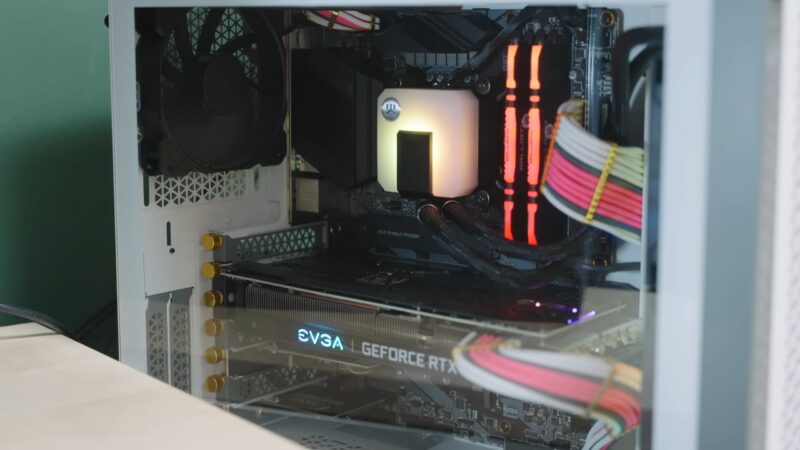
Open your computer’s case and check for any loose components, especially the graphics card and RAM.
Handling Hardware
Ensure you’re grounded to avoid static damage. Carefully reseat any loose components.
8. CMOS Reset
The CMOS (Complementary Metal-Oxide-Semiconductor) stores essential configuration data.
Resetting it can resolve hardware conflicts that cause a “no signal” error.
How to Perform a CMOS Reset
This usually involves removing the CMOS battery from the motherboard for a few minutes and then reinserting it.
9. Update Your Drivers
Outdated or corrupt drivers can lead to various issues, including “no signal” errors.
Updating Drivers
Ensure all drivers, especially for your graphics card, are up to date. Use the device manager or visit the manufacturer’s website for the latest drivers.
Dealing with Power Supply Issues
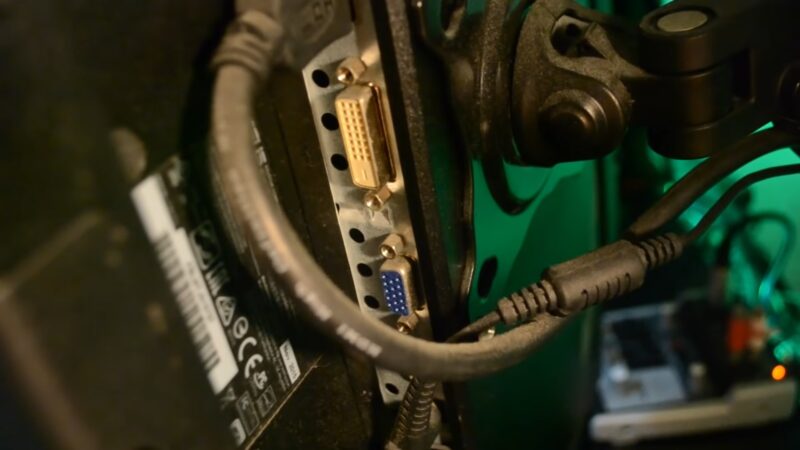
Insufficient Power
A “no signal” message can sometimes be attributed to power supply issues, particularly if the GPU (Graphics Processing Unit) is not receiving adequate power.
Checking Power Supply
Ensure your power supply unit (PSU) is functioning correctly and is powerful enough to handle your components, especially high-end GPUs.
Additional Tips and Considerations
1. Dealing with Second Monitor Issues
If you’re facing “no signal” issues while setting up a second monitor, here are some additional steps to consider:
- Extended Display Settings: Ensure your operating system is configured to extend the display to a second monitor. This can usually be done through the display settings in your operating system.
- Graphics Card Capability: Check if your graphics card supports dual monitors. Some older or entry-level graphics cards might not have this capability.
2. HDMI Connection Problems During Gaming
Gamers might encounter “no signal” issues specifically when using HDMI connections. Here are a few gamer-specific tips:
- Check Refresh Rate and Resolution: Some games might change the screen’s resolution or refresh rate, causing compatibility issues with the monitor.
- HDMI Cable Quality: For gaming, especially at higher resolutions and refresh rates, the quality of the HDMI cable becomes crucial. Ensure you’re using a cable that can handle the required bandwidth.
3. Preventive Measures
To minimize the chances of facing a “no signal” issue in the future, consider the following preventive measures:
- Regular Maintenance: Dust and debris can cause issues over time. Regularly cleaning your computer’s interior and ensuring good ventilation can prevent many hardware problems.
- Hardware Upgrades: If your system is old, consider upgrading components that are more prone to failure, like the power supply or graphics card.
- Cable Management: Proper cable management can prevent cables from becoming loose or damaged. Ensure cables are neatly organized and not overly stretched or bent.
4. When to Seek Professional Help
If you’ve gone through all these steps and the issue persists, it might be time to seek professional help. Here are some indicators:
- Recurring Problems: If the “no signal” issue is a recurring problem despite your troubleshooting efforts, it could indicate a deeper hardware issue.
- No Display in BIOS: If you can’t see your BIOS screen when starting up, this might indicate a more serious hardware failure.
- Hardware Diagnostics: Professionals can run advanced diagnostics that are beyond the scope of basic troubleshooting.
5. The Importance of Backups
While a “no signal” issue is typically related to the monitor connection and not the data on your computer, it’s a good reminder about the importance of regular backups.
Always keep a backup of your important data to prevent loss in case of hardware failure.
6. Advanced Troubleshooting Techniques
For those who are more technically inclined, there are advanced troubleshooting techniques like:
- Bios Update: Occasionally, a BIOS update can resolve underlying compatibility issues, though this carries its own risks and should be done cautiously.
- Checking for Overheating: Overheating components can cause a variety of issues, including display problems. Monitor the temperature of your CPU and GPU, especially during intensive tasks.
FAQs
Can a BIOS update fix a “no signal” issue?
Yes, in some cases. A BIOS update can resolve compatibility issues between your motherboard and other hardware components, which might fix a “no signal” issue.
However, updating BIOS comes with risks and should be done cautiously.
Will resetting my PC’s operating system solve the “no signal” problem?
Not typically. A “no signal” issue is usually related to hardware connections or settings, not the operating system itself.
If the issue is due to software or driver conflicts, resetting might help.
Can an overheating GPU cause a “no signal” error?
Yes, it can. If the GPU overheats, it may shut down or malfunction, leading to a “no signal” message.
Ensuring proper cooling and ventilation for your GPU is important.
Is it possible for a virus or malware to cause a “no signal” issue?
While rare, certain types of malware can interfere with system operations and drivers, potentially leading to display issues, including a “no signal” message.
Regularly scan your system for malware as a precaution.
Can power surges cause “no signal” problems?
Yes, power surges can damage the internal components of your computer, including the graphics card and motherboard, which can result in a “no signal” issue.
Using a surge protector is advisable to prevent such damage.
If I replace my graphics card, will it automatically fix the “no signal” error?
Not necessarily. While a faulty graphics card can cause a “no signal” issue, the problem might also lie in other areas like cables, monitor settings, or the motherboard.
It’s important to diagnose the issue thoroughly before replacing components.
Final Words
The “no signal” issue, while frustrating, often has a straightforward fix. Go methodically through these troubleshooting steps, and you will be able to identify and resolve the problem without needing to invest in new hardware immediately.
Remember, patience and a systematic approach are key to successfully diagnosing and fixing computer issues.
In our increasingly digital world, understanding basic troubleshooting techniques is invaluable. Not only does it save time and money, but it also empowers you as a user, enhancing your overall computing experience.
Once you resolve this issue, it’s time for some gaming! Check out our guide on how to farm Path of Exile currency.
This ARPG game is a real phenomenon and if you plan to play it, make sure to check out our tips to make your experience much more enjoyable.

